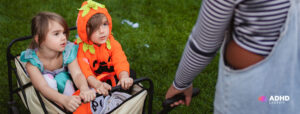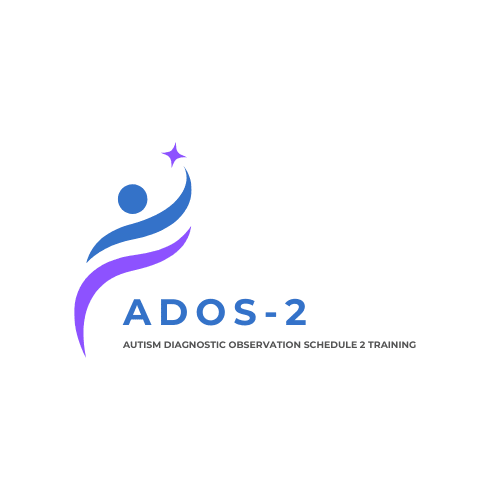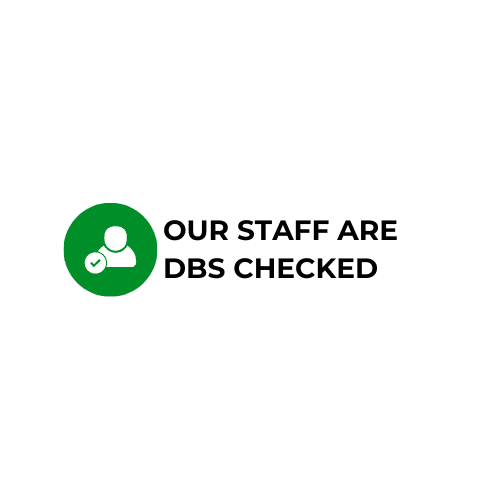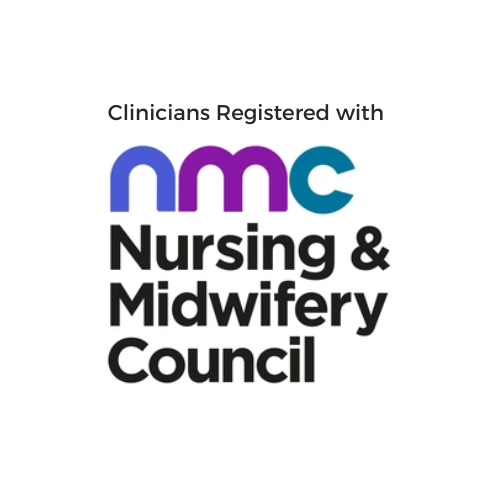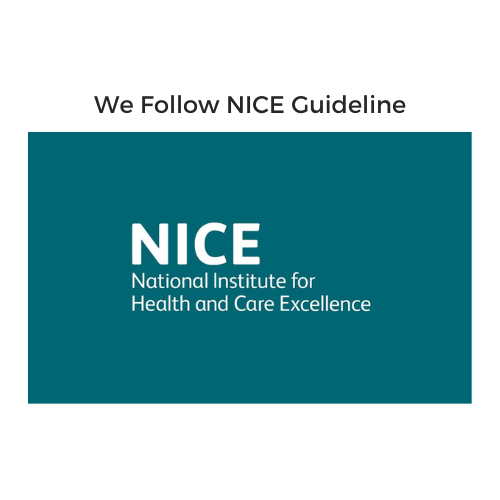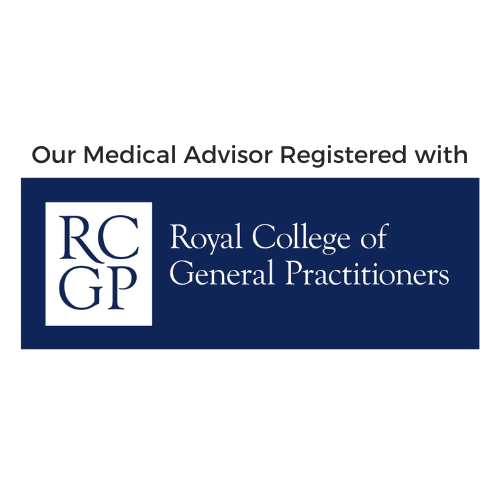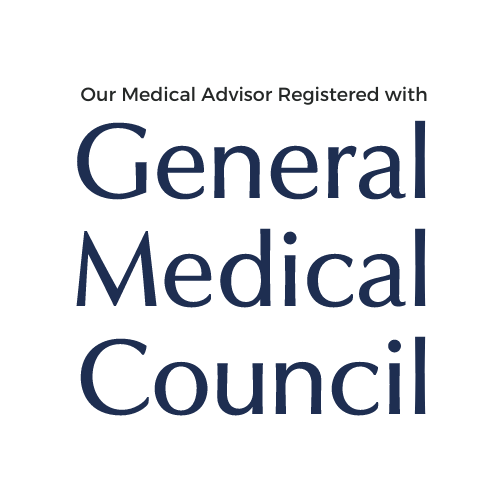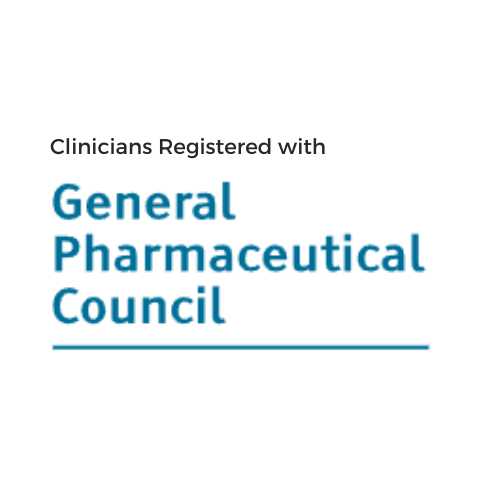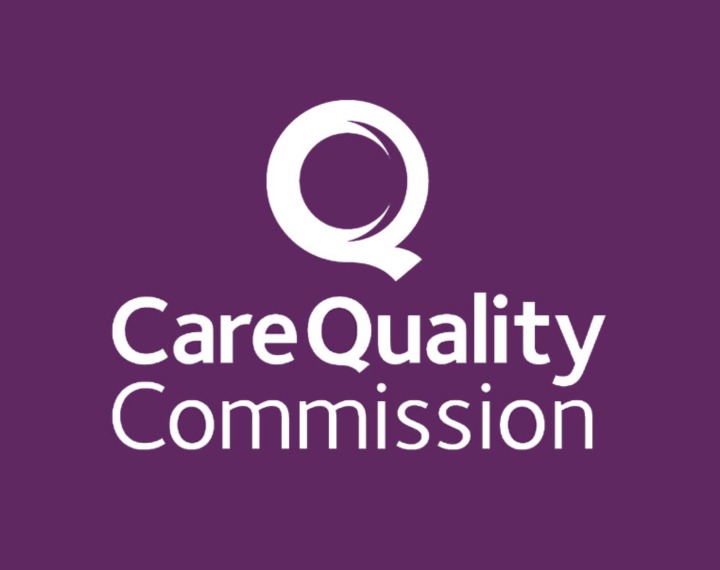Life with ADHD is a rollercoaster of focus and distraction, energy and overwhelm. One minute, you might be so absorbed in a project that time seems to vanish, and the next, you’re hit by a wave of stress that makes even simple tasks feel monumental. This is true for both children and adults.
Now imagine having a reliable companion that not only offers unconditional love but also helps you find moments of calm amid the chaos.
For many families, pets are much more than furry companions. They are steady anchors in turbulent emotional times. Whether it’s the playful energy of a dog that encourages physical activity or the quiet presence of a cat that offers soothing companionship, pets can help bridge the gap between disorder and routine.
At ADHD Certify, we understand that these animal friends often serve as a gentle reminder that even amid chaos, there is stability and hope for people with ADHD. In this blog, we’ll explore this and much more.
How Pets Make a Difference
Pets have an uncanny ability to ground us during our most unpredictable moments. For a child struggling to manage overwhelming sensory input, a pet’s calm presence can act as a soothing influence. For adults, the responsibility of caring for a pet, whether it’s a daily walk, a feeding routine, or even a quiet moment spent together, can serve as a vital pause that brings clarity and balance.
A pet can be far more than a source of joy. It can become a cornerstone for building better habits and reducing anxiety.
How Pets Help Children with ADHD Build Confidence
For children with ADHD, the world can be an overwhelming place filled with constant distractions and rapid changes. Pets offer an uncomplicated form of companionship that helps reduce anxiety and build confidence.
A dog eagerly waiting for a game of fetch, or a cat that curls up for a quiet cuddle, provides a reliable presence that helps create a sense of security.
Feeding times, regular walks, and even the responsibility of cleaning up after a pet introduce structure into a child’s day in a way that feels natural and unforced. A child takes great pride in reminding their parents about the pet’s dinner, turning this daily activity into an opportunity for learning and responsibility. These experiences not only nurture practical skills but also foster emotional growth and self-esteem.
Why Pets Are Grounding for Adults Living with ADHD
Adulthood with ADHD often feels like trying to hold together a puzzle that’s constantly shifting. Tasks slip through the cracks, and mental fatigue can leave you feeling scattered.
For many adults, a pet becomes a daily reminder to slow down and focus on what truly matters.
A morning walk with a dog, for example, might evolve into a cherished ritual. This not only provides physical exercise but also offers a moment of mindfulness before the demands of the day set in. Even a quiet evening spent with a cat can serve as a gentle cue to pause, reflect, and reset.
Even small moments, a few minutes of petting or a shared quiet space, can lower stress and help regain focus when life feels particularly chaotic.
Choosing the Right Pet for Your Family
Bringing a pet into your home is a big decision. And when ADHD is in the mix, it’s important to find one that truly fits your family’s lifestyle. The right pet can bring joy, companionship, and even a sense of structure, but the wrong match might add more stress than support.
What to Consider Before Choosing a Pet for ADHD
Every family and every pet is different. Before making a decision, think about:
Energy levels – A high-energy dog might be perfect for an active child who thrives on movement, while a lower-maintenance pet like a cat or a small animal might suit a family that prefers a calmer environment.
Time commitment – Pets need care, but some require more than others. Dogs need regular walks and training, while smaller pets like guinea pigs or fish may be easier to manage for families juggling ADHD challenges.
Sensory sensitivities – Some children with ADHD find comfort in the tactile experience of stroking a pet, while others might struggle with loud noises or unpredictable movements.
Best Pets for ADHD: Dogs, Cats, Small Animals & More
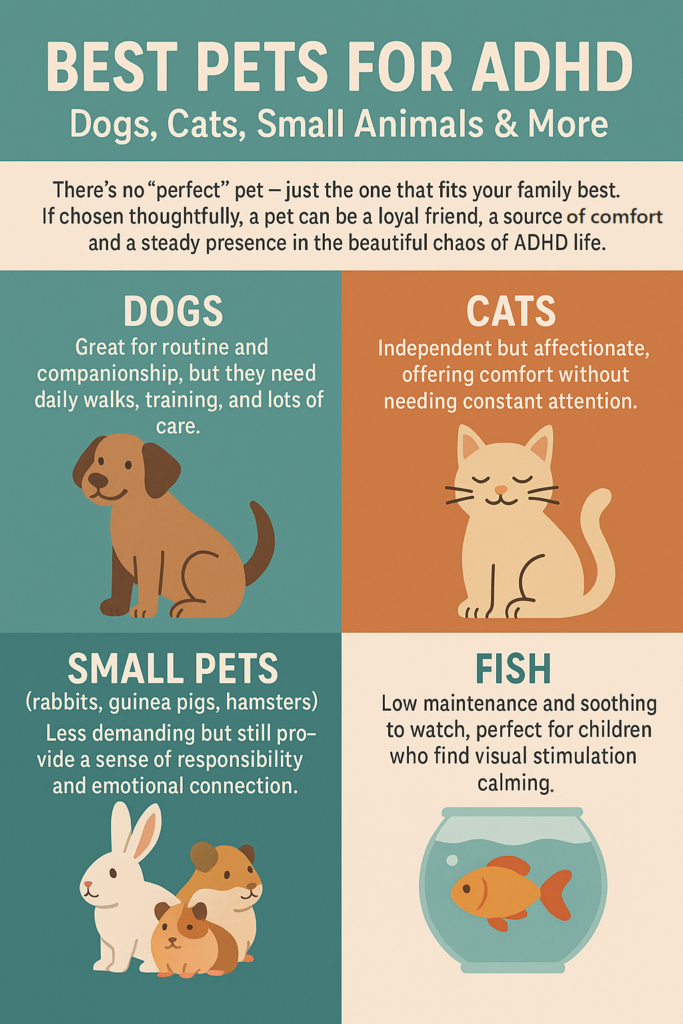
There’s no “perfect” pet – just the one that fits your family best. If chosen thoughtfully, a pet can be a loyal friend, a source of comfort, and a steady presence in the beautiful chaos of ADHD life.
Dogs – Great for routine and companionship, but they need daily walks, training, and lots of care.
Cats – Independent but affectionate, offering comfort without needing constant attention.
Small pets (rabbits, guinea pigs, hamsters) – Less demanding but still provide a sense of responsibility and emotional connection.
Fish – Low maintenance and soothing to watch, perfect for children who find visual stimulation calming.
Other Ways to Enjoy Pet Companionship Without Ownership
If full-time pet ownership feels like too much, there are other ways to benefit from animal companionship. Visiting a friend’s pet, volunteering at an animal shelter, or fostering a pet temporarily can still bring joy without the long-term commitment.
Ultimately, getting a pet should enhance your family’s well-being, not add extra stress. Taking the time to assess your situation honestly will help ensure that if you do bring a pet into your home, it’s a decision that truly benefits everyone.
National Pet Month and ADHD
National Pet Month is an opportunity to reflect on the incredible role pets play in our lives. It’s a time to celebrate the joy and companionship they bring to families, especially those navigating the complexities of ADHD. This annual awareness campaign encourages responsible pet ownership while recognising the unique ways pets can enhance our mental and emotional well-being.
For individuals with ADHD, both children and adults, pets can provide a grounding presence that offers both comfort and structure. From reducing anxiety to helping build routine and responsibility, the emotional benefits of pets are especially meaningful for neurodivergent individuals.
During National Pet Month, we can take a moment to recognise how pets help families feel more balanced, offering love and support in a way that often feels unconditional.
This month also serves as a reminder to be mindful of the responsibilities that come with pet ownership. Whether you’re considering adopting a pet or simply appreciating the positive impact animals have on your life, it’s important to make thoughtful choices that ensure both your family and your future pet thrive.
Conclusion
When it comes to ADHD and family life, the support and companionship that pets offer can make a world of difference. They provide more than just comfort. They bring a sense of routine, joy, and emotional grounding. For children with ADHD, pets can create a sense of security, while adults can find calm and emotional relief in their pet’s presence.
However, deciding to bring a pet into your family is a big decision. It’s not just about adding another member to your home. It’s about finding a balance that works for everyone, considering the time, energy, and care needed. Pets offer wonderful benefits, but it’s important to choose one that aligns with your family’s lifestyle and needs.
While pets can be a great support, they’re just one part of helping children with ADHD. For more practical tools and parenting strategies, see our blog on supporting children with ADHD.
If you’re contemplating whether a pet might be the right fit, take your time to consider the possibilities. A pet could be the loving, supportive addition that helps make everyday life feel more manageable and joyful. Above all, remember, you’re not alone on this journey. Pets can bring incredible comfort and ease to your family, especially when ADHD is part of the picture.


